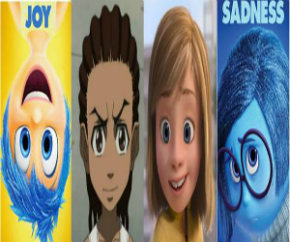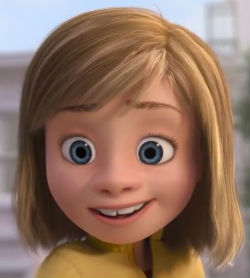This week, I finally got a chance to go see Inside Out, the latest brilliant offering from the good people at Pixar. In the same week, I inhaled the new book Between The World and Me from The Atlantic magazine’s senior editor, Ta-Nehisi Coates. Nothing is the same…
Inside Out is the kind of clever balance of grown-up concepts and kid-friendly presentations that reminds you that sometimes today’s kids do have it better. The movie explores the roles of – and the relationships between – our emotions, our memories, and our personalities. If the scientific fields of cognition, neurology, and psychology had been taught to me with this level of entertainment value, my life might have gone in a completely different direction!
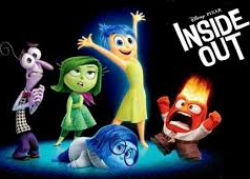
The movie takes us inside the mental control room of Riley Anderson, a 12-year old girl who has a pretty good life in Minnesota that gets upended by her family’s move to California. The movie turns on an uncomfortable moment during Riley’s first day of school.
By contrast, Ta-Nehisi Coates’ entire book is an uncomfortable moment for people who have never looked at the U.S. through the lens of those who have been systematically denied access to our country’s foundational promises of Life, Liberty, and the Pursuit of Happiness. In my humble opinion, this book deserves all the attention and acclaim it has received.
This book is Nas’ Ether. It’s Baldwin’s The Fire Next Time. It’s the Hebrew scriptures / Old Testament Book of Lamentations. It’s Cosby’s Fatherhood for a post-Cosby generation. It’s Nina Simone. It’s Overwhelming Blackness. It will fit comfortably in your summer travel luggage, but it will not fit neatly in the overhead compartment of your ideas about America.
In the movie, Riley’s uncomfortable moment disrupts the colorful, well-organized, high-functioning system of emotions, thoughts, and memories that had been her mind until that moment. As a result, we watch Riley Anderson become less like herself, and become more like another famous character named Riley…
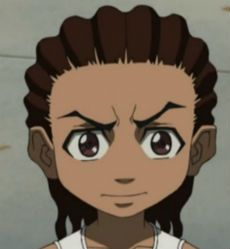
The movie does a masterful job of showing how pre-teens (and many adults) navigate the space between the world they want and the world they have. In many ways, this is the central tension in Coates’ book as well.
An important aspect of Between the World and Me is detailing the wide and deep range of psychological, mental, emotional, physical, and sociological consequences of our nation’s tragically routine decisions to crop citizens of African Descent out of the image of America. As I wrestled this week with the weight of Ta-Nehisi’s words, I have found the animated characters featured in Inside Out to be helpful in setting the table for discussing the core themes of this important book.
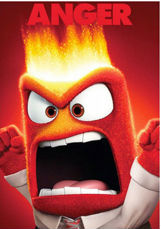
Throughout the book, I was reminded why the label “African-American” is so important in talking about the history of Black people in this country. Coates’ use of the phrase “losing your body” as a way to discuss the ways the Black body has been pillaged and exploited for profit in the U.S. parallels the loss of African lands to foreign capital interests, which continues to this day.

As a result of this perpetual state of the physical vulnerability of Black bodies, Coates spends a lot of time in the book describing the various ways fear manifests in Black people. For Coates, fear is the operating system running underneath the apps of Parenting, Education, Family, and Community in Black neighborhoods from Baltimore to Brooklyn.
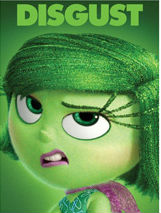
In my opinion, we can connect his points about the physical vulnerability of one’s body, with the chronic fear that vulnerability produces, and begin to understand how those two forces work together to animate the never-ending discussions around the aesthetic value of dark or light skin, and the dialogue about the psychological meaning of wearing permed or naturally-treated hair…topics that are nearly unrivaled in their ability to provoke passionate debate in all parts of the country and in every socio-economic group where Black Americans are represented. I don’t think it’s a stretch to say these conversations have always been – in part – an attempt to deal with the consequences of being perceived as “too African” in America.
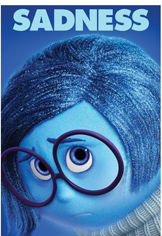
There is an unceasing nature to this book. Maybe it’s because it is a letter from a father to his son. Far from “The Talk” that more Americans have learned about as a result of the national conversations about Black children and their interactions with local law enforcement agencies…Between the World and Me is not a short, halftime pep talk, we-shall-overcome, what-did-we-learn-today wrap-up during the 22nd minute of your favorite sitcom. This book is an extended lamentation, a soliloquy of lyrical bag-pipes for the lives of humans whose time in this country never reflected those Truths We Hold to Be Self-Evident.

And yet, some how, some way, Coates recalls and celebrates the beauty and joy that is present in the everyday lived experiences of his people. That joy is in break-taking display of humanity and beauty he encounted while attending Howard University in Washington, D.C. It is on the streets of Paris during his first visit to Europe. It is in the birth and life of his son, to whom the book is addressed. It is in his love, admiration, and respect for his wife, the mother of his son. It is in the camaraderie shared between his closest friends, who make a few cameo appearances in this book. It is in the lives of the broader cultural collection and expression of humanity found in the neighborhoods of New York City. It is in his curious, yet distant, regard for the faith traditions that provide strength, healing, and dignity to many people in his life.
In each of these things, we find the point and the purpose of his book. When combined with Pixar’s excellent lesson on The Brain 101, we find an invitation to talk about the point and purpose of our lives.
– Day G.
Host, Class of Hope & Change
